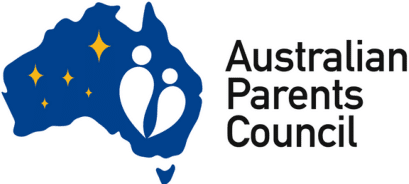Deciding to go to university and choosing which university and course to take are big decisions for students and their families.
University undoubtedly can offer many advantages. Graduates may enjoy better employment prospects and may likely earn more throughout their lifetime. But studying at university is a big investment of time and money and there are big variations across different institutions and courses, so, to make an informed decision, it’s important to decide priorities and do plenty of research.
Luckily there is no shortage of advice out there and we have listed some of the main places to start looking below.
But perhaps the best thing parents can do when helping young people make their decision is to start by asking a couple of basic questions:
- What would you be interested in studying at university? What do you enjoy? What are the career prospects? Do you want to do something broad to begin with, then specialise later, or do you want to focus on a particular field or profession?
- Are you going to live at home while you study, or do you want or need to live away from home?
These two sets of questions will help narrow down your research, but the best advice for any parent or carer who is going through this process, is to then find out as much information as you can on prospective universities and courses and discuss the pros and cons with your young person.
Your child’s school careers counsellor is a great source of advice about all options, and can help with applications, help look for universities that may give early offers, which take away a lot of the pressure on young people, and finding support.
Encourage your young person to attend as many student expos and university open days as possible, as these can give students a real insight into their prospective course and what it would be like to study at each university. Importantly, it gives them a chance to picture themselves there and decide whether the course and/or university is right for them. They also get to find out about all sorts of other interesting opportunities, course options and extra-curricula activities that can give them an insight into university life.
Universities publish ATARs (Australian Tertiary Admissions Ranks) for entry into courses. These are the cut-off scores for students getting a place in the main round of offers for that course the year before. While these are a guide to how competitive it is to get into individual courses, they can be deceptive. Many students can get into the course with lower ATARs, for example, in second round offers, with bonus points, or with special considerations. It is worth looking at these, especially if your child’s ATAR is close to the cut-off.
It is also possible to swap into your desired course later once you are at the university of your choice, or if you want to do a joint degree, starting a single course degree and then looking at adding the second course later. Cut-off ATARs vary greatly between universities, so if you are set on a particular subject, consider applying to at least one university with a lower cut-off, just in case things don’t go according to plan.
These are all options worth exploring. There is more than one way to skin a cat, as they say.
Universities have a lot of help available for students, both in choosing suitable courses and once students are enrolled. There’s financial support available for students experiencing hardship. Look for information on access schemes, equity scholarships and help for students from regional and remote areas. There are also academic scholarships for high achievers. These vary across the country and from university to university, but you can find out more from your state or territory tertiary education body (listed below) or from the universities themselves.
Below are the state and territory bodies responsible for most university admissions (some universities, especially private universities, only accept direct applications). They each have detailed information about the universities they cover, how to apply, and what student support is available.
The following links are to articles offering useful advice:
















